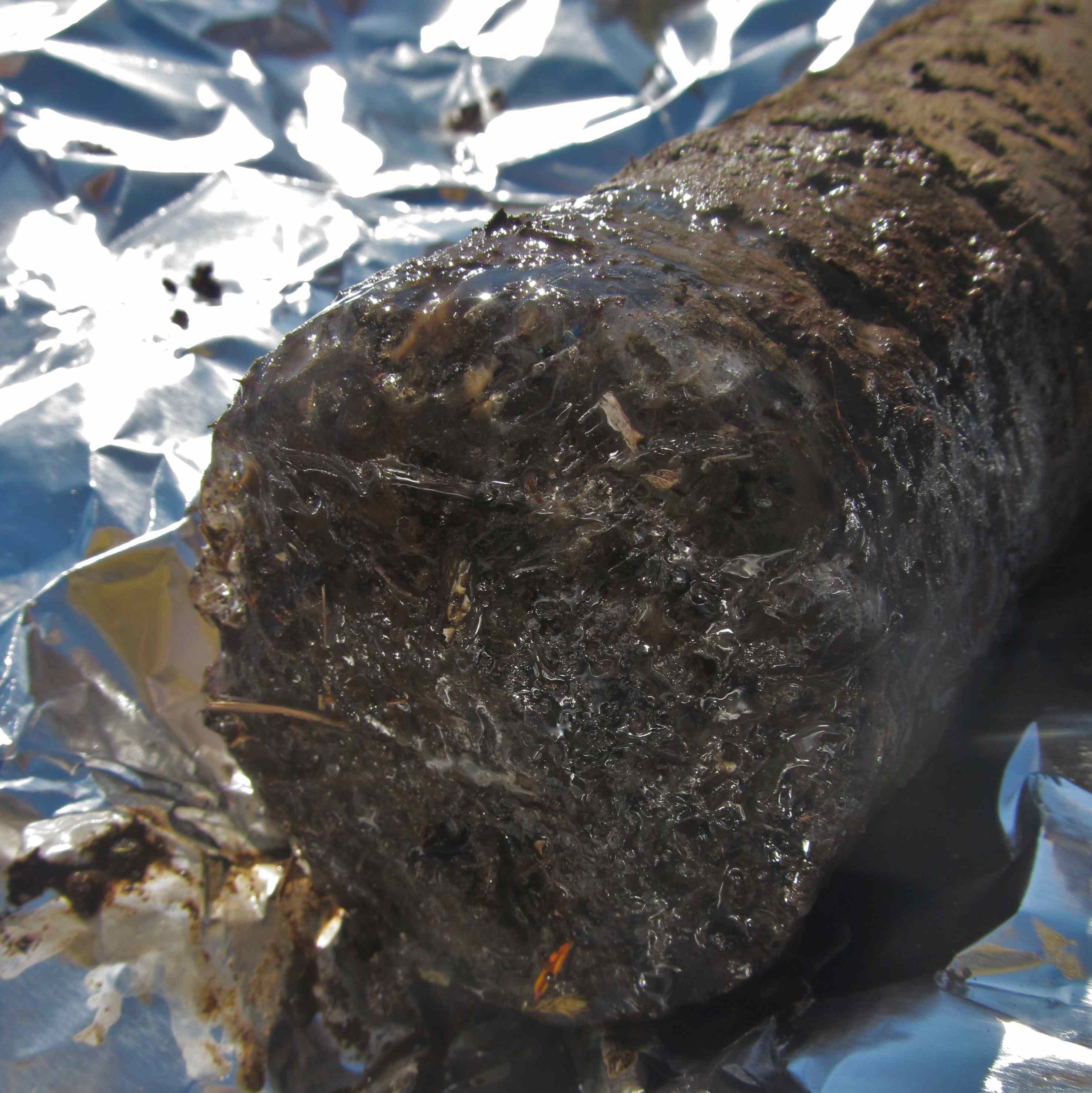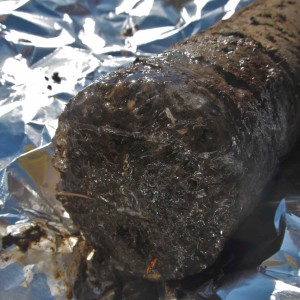Soil Microbial Ecology

Soil microorganisms are biogeochemical forces of global significance. They affect nutrient availability to plants, the amount of carbon stored in soils, and the evolution of the atmosphere over geologic time. The research we conduct in Ecoss examines many aspects of soil microbial ecology.
Metabolic Flux Analysis of Soil Microbial Communities
Microbial processing of soil organic compounds is a key ecosystem process that largely determines the soil carbon cycle. Yet, we know little about the biochemical pathways involved, and how these pathways respond to environmental change. At Ecoss, we examine changes in the fundamental processes of soil microbial metabolism that are important for the soil carbon cycle: carbon use efficiency, energy production, and biosynthesis. We use stable isotope labeling of specific C-atoms in microbial substrates to study how microbial metabolism changes with temperature, and with different amounts of available carbon and nitrogen. The approach we have developed can be directly applied to other microbial communities, for example communities in marine and freshwater ecosystems and sediments, gastrointestinal communities, communities in environments such as hot springs, and in waste-water treatment plants. Results from this study will improve the representation of soil carbon dynamics in ecosystem models that are used to understand the role of soil processes in the global carbon cycle under current and future climates.
Related publications
Dijkstra P, Salpas E, Fairbanks D, Miller EB, Hagerty SB, van Groenigen KJ, Hungate BA, Marks JC, Koch GW, Schwartz E, 2015. High carbon use efficiency in soil microbial communities is related to balanced growth, not storage compound synthesis. Soil Biology & Biochemistry 89, 35-43.
Hagerty SB, van Groenigen KJ, Allison SD, Hungate BA, Schwartz E, Koch GB, Kolka RK, Dijkstra P, 2014. Accelerated microbial turnover but constant growth efficiency with warming in soil. Nature Climate Change 4, 903-906.
Linking Biogeochemistry and Microbial Community Chemistry
The identities of organisms profoundly influence ecosystems, and microbial diversity is vast. The obvious disconnect between this diversity and its treatment in C cycling models is perhaps the best manifestation of the common complaint that so much physiology, taxonomy, ecology, and diversity is ignored when microbial communities are described with boxes and arrows. A recent report from the American Society for Microbiology captured this complaint by depicting on the cover the hackneyed “black box” of microbial ecology, although the report emphasized the promise of new approaches by showing the box open and illuminated from within. At Ecoss, we are exploring relationships between the diversity of soil microorganisms and the processing of soil carbon and its conversion from organic C to carbon dioxide (CO2). Our approach is designed to connect multiple element biogeochemistry and microbial community ecology, by linking isotopes to genomics, taking advantage of developments in stable isotope probing and isopycnic separation, microarrays and sequencing technology, and NanoSIMS. More details here.
Soil Microbial Legacies of Invasive Species
Invasive plants like cheatgrass have huge and costly effects on ecosystems. Restoring native plants to areas invaded by cheatgrass is challenging, and one explanation for poor seedling establishment is the absence of beneficial soil microbes. Ecoss is testing the idea that restoring microbial communities promotes ecosystem recovery and the re-establishment of native plants. More details here.
Research outlined above is being conducted by Paul Dijkstra, Bruce Hungate and others.



